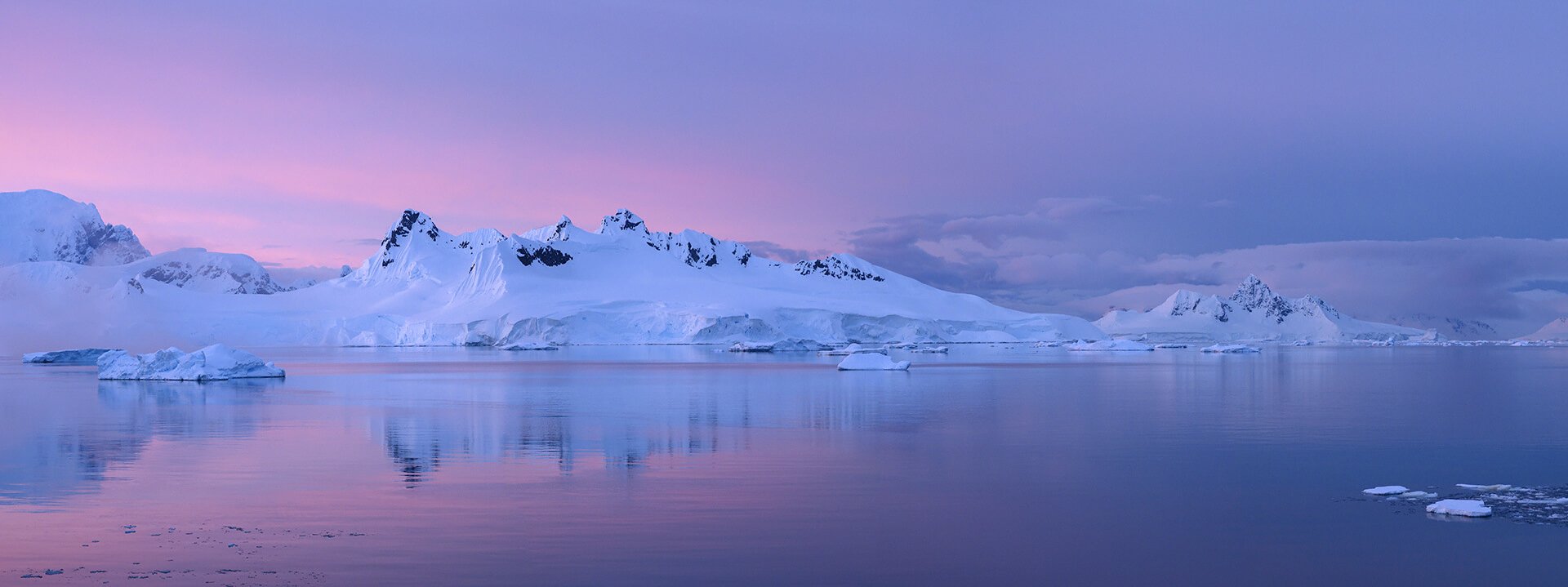
Marsel van Oosten
Wildlife and Landscape

My images are a personal, artistic interpretation of the natural world
Photography Tips

SIMPLE AND SOPHISTICATED
On average, 95 million photos and videos are shared on Instagram per day¹. It’s a competitive space, so if you want people to spend more than 0.5 seconds looking at your photo, you need to make sure it’s uncluttered, clear and to the point. Don’t try and communicate too many things with one image - instead, focus on what’s essential and eliminate all distractions. Simple is often better, but also more beautiful. Or as Leonardo da Vinci once said, “simplicity is the ultimate sophistication”.
PREP TO DELIVER
Great photographs are rarely the result of luck, but of creative ideas, research and planning. I tend to spend more time planning than on the photography itself, regardless of the subject. When I arrive on a location, even if it’s somewhere I’ve never been to before, I already know what I’m going to shoot, how and when. Having a plan helps me to focus on the essentials and be more efficient. Sometimes the plan is simple enough to store in my head, other times, I have to create a very detailed shooting schedule to know exactly what I need to do. Preparation is the key to success.
SET A PROCESS
Whatever the photography project, there’s always a process I have in place to make sure I’ve made the right decisions along the way. Step one is easy; ensuring you know the exact subject or scene you are photographing. Step two is making sure you know the reason behind taking the photographs. Is it because you have seen many beautiful images of it in the past, and want to capture the same too? That might mean your subject choice isn’t original enough. Step three is thinking about timing: every subject has a specific time of year or day that will give you the best results, depending on the look you’re after. Step four is thinking of the location, which is imperative when there are so many subjects that can be found all over the planet. You need to decide what circumstances, habitat and weather conditions you want in order to agree on the right location. The final stage is thinking about the technique you’re going to use and the equipment that will help you achieve the best shots possible. Once you’ve considered all these elements, you’ll be in a good place.
REMAIN OBJECTIVE
As creators of images, we naturally become emotionally attached to them - you remember how much effort it took you to get there, how impressive the scenery was, how much fun you had, and so on. Although precious, these memories and emotions can keep you from looking objectively at your images and make you believe they’re better than they are. One of the most valuable lessons I learnt in art school was to try and detach myself from my work and look at my images as if they’d been created by someone else. Once you learn to do that, you’ll be better at identifying the real gems.
THE 10 PHOTOGRAPHERS TEST
A truly original photograph is the ideal, but most of the time you’ll be shooting subjects that have graced the lens of a camera before. Instead, ask yourself this question: if 10 other photographers had been standing there next to you, how many of them would have shot the same image? This question forces you to be more creative in the field. Remember, it’s better to fail in originality than to succeed in imitation.
PRE-VISUALISE
This is one of the most important tools for photographers. Don’t just try to capture what you see in front of you, try to capture what you want to see - the image that’s inside your head. Nature photography is more than just making photocopies of reality, it’s about creating your own artistic interpretation. This is often difficult in the beginning, but soon you will develop your own visual preference, that will eventually lead to a creative style. Once you know what you want the image to look like, you will know exactly what to do and what to avoid. To do this effectively is the holy grail of creative thinking.





 Contact Us
Contact Us